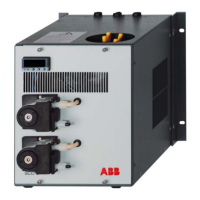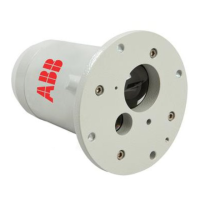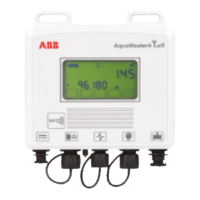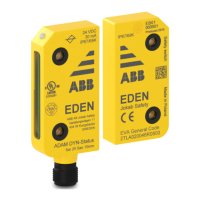Preparing for installation 11
Planning your cabling
Select cabling according to your communication needs. Refer to the table below for recommended
cable gauge or cable type.
Always comply with national codes and electrical standards.
—
Table 2 Recommended cable gauge and type
Cable Gauge/Type Maximum length
Power
12 AWG 15 m (50 ft)
14 AWG 10 m (33 ft)
Ground 10 or 6 AWG 15 m (50 ft)
RS-485 24 AWG 1220 m (4003 ft)
Alarm relays 16 or 14 AWG N/A
4–20 mA 18 AWG N/A
Ethernet (SCADA) Category 5 cable 100 m (328 ft)
Ethernet (SERVICE) Category 5 cable 3 m (10 ft)
Ethernet (optical)
ST-ST Plenum Duplex
2000 m (6562 ft)
USB (service port) USB key only N/A
WARNING
To maintain the sensor IP67 rating, all cables must have a diameter of 10 to 14 mm
when used with the supplied cable glands. All four cable glands must contain a cable.
If necessary, tape can be used to adjust for the minimum required diameter. Failure to
comply may result in water infiltration and the presence of electrical shock hazards.
Planning your communications
The digital protocols supported by the sensor are Modbus, DNP3, and IEC 61850. Modbus and DNP3 are
available on the RS-485 serial interface, the Ethernet SCADA port or the optical Ethernet port. IEC 61850
is available on the Ethernet SCADA port or the optical Ethernet port.
Table 3 below shows the default RS-485 serial configuration. These default values can be modified at
any time using the built-in web interface.
—
Table 3 Default RS-485 configuration
Baud rate 9600
Data bit 8
Stop bits 1
Parity None
Flow control None
When using Modbus, the default slave ID is 1, and when using the DNP3, the default outstation ID is 4.
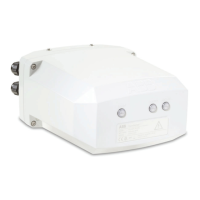
